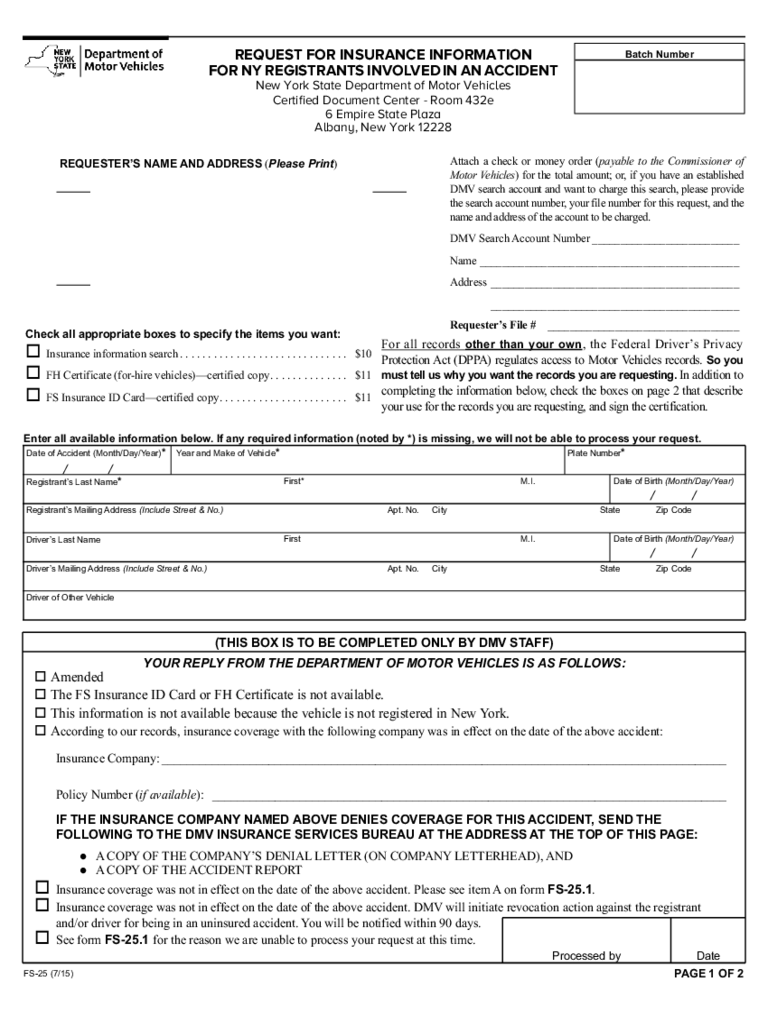

In both representative examples and transaction-specific examples, creditors may refer either to the incremental change in rate, payment amount, or number of payments, or to the resulting rate, payment amount, or number of payments. Creditors may preprint the variable rate disclosures based on a representative amount for similar types of transactions, instead of constructing an individualized example for each transaction. Clauses are shown for hypothetical examples based on the specific amount of the transaction and based on a representative amount. The information about circumstances, limitations, and effects of an increase may be given in terms of the contract interest rate or the annual percentage rate. This model contains the variable rate model clauses applicable to transactions subject to § 1026.18(f)(1) and is intended to give creditors considerable flexibility in structuring variable rate disclosures to fit individual plans. Creditors using the model clauses when applicable to a transaction are deemed to be in compliance with the regulation with regard to that disclosure.Ĥ. The model clauses are not included in the model forms although they are mandatory for certain transactions.

Appropriate revisions, such as those set out in the commentary to § 1026.18(c), may be made to this form without loss of protection from civil liability for proper use of the model forms.ģ. Creditors have considerable flexibility in filling out Model H-3 (itemization of the amount financed).

Revising the late charge disclosure in accordance with the commentary to § 1026.18(l).Ģ. Adding a signature line to the insurance disclosures to reflect joint policies. Using a symbol, such as an asterisk, for estimated disclosures, instead of an “e.” Using a line for the consumer to initial, rather than a checkbox, to indicate an election to receive an itemization of the amount financed. Using brackets, instead of checkboxes, to indicate inapplicable disclosures.Į. Rearranging the sequence or location of the disclosures - for instance, by placing the descriptive phrases outside the boxes containing the corresponding disclosures, or by grouping the descriptors together as a glossary of terms in a separate section of the segregated disclosures by placing the payment schedule at the top of the form or by changing the order of the disclosures in the boxes, including the annual percentage rate and finance charge boxes.ĭ. Combining required terms where several numerical disclosures are the same, for instance, if the “total of payments” equals the “total sale price.” (See the commentary to § 1026.18.)Ĭ. Adding the creditor's address or telephone number. The prepayment penalty or rebate disclosures. The “filing fees” and “non-filing insurance” disclosures. The credit life and disability insurance disclosures. The itemization of the amount financed option. The creditor may also delete or, on multi-purpose forms, indicate inapplicable disclosures, such as:Ī. Permissible changes include the addition of the information permitted by § 1026.17(a)(1) and “directly related” information as set forth in the commentary to § 1026.17(a). Creditors may make several types of changes to closed-end model forms H-1 (credit sale) and H-2 (loan) and still be deemed to be in compliance with the regulation, provided that the required disclosures are made clearly and conspicuously.


 0 kommentar(er)
0 kommentar(er)
